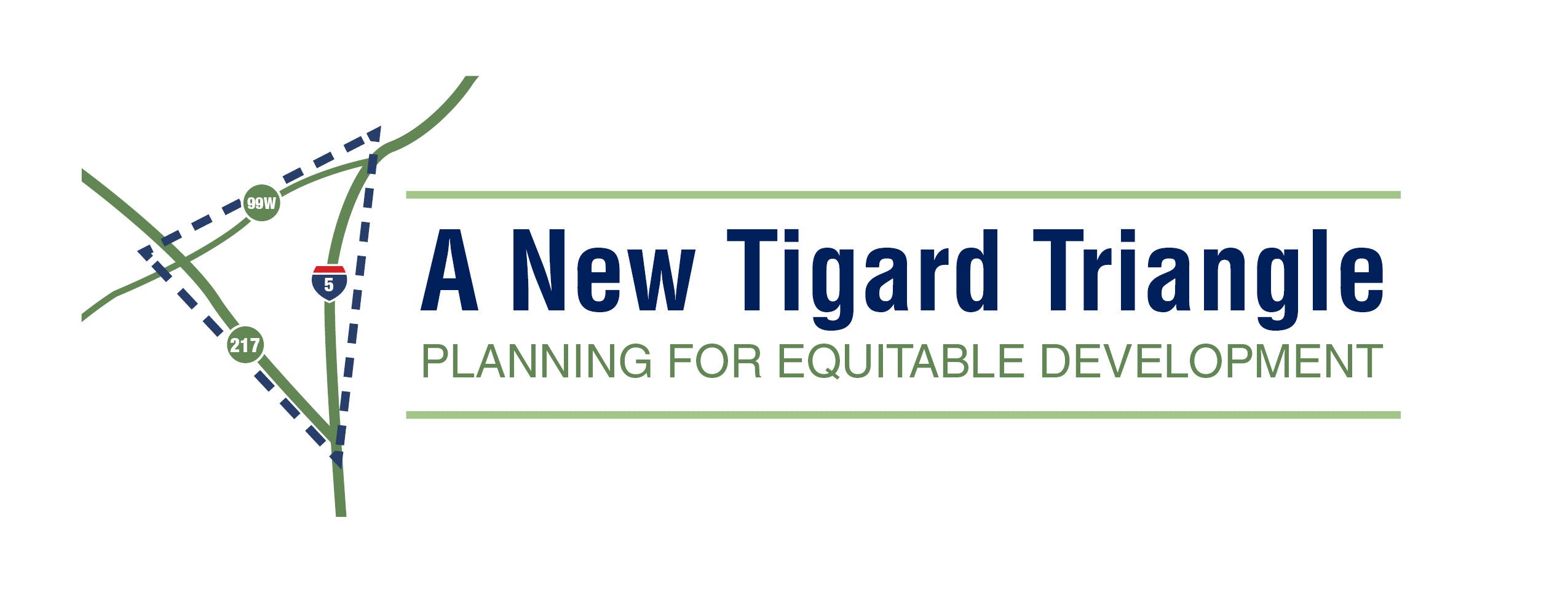FAQ
What is equitable development?
Equitable development is a development strategy that ensures everyone participates in and benefits from the area’s economic transformation by dismantling barriers and expanding opportunities for everyone.
The Urban Renewal Implementation Strategy will ensure projects deliver on the vision of equitable development and advance the broader change needed to link residents to economic and neighborhood opportunities. Accountable public action and investment will result in more quality jobs and increasing entrepreneurship, wealth, and quality of life. The result will be a stronger, more competitive city.
What are TIF Districts?
Tax Increment Financing (TIF) is a powerful funding tool currently in place in over 75 communities across Oregon. It is used to help areas that are not performing well and/or that lack public infrastructure by funding projects that fix identified problems and spur private investment that would otherwise not happen under normal market conditions.
What does Tax Increment Financing do?
Tax Increment Financing (TIF) uses property taxes from within an area to fix identified problems in that same area. It often focuses on improving an area’s transportation and utility infrastructure since these kinds of improvements can unlock an area’s development potential. TIF is also used to attract and retain small businesses and develop public spaces such as parks, plazas, and trails.
How does Tax Increment Financing work?
When a Tax Increment Financing (TIF) District is established, the County Assessor determines the current assessed value of all property within the area, and freezes that tax base. Tax revenue from this “frozen base” continues to go to taxing districts annually for the life of the TIF District. Tax revenue on any increase in property value that would occur anyway—from new development and/or appreciation—is allocated to the Urban Renewal Agency for projects in the URA. This increase above the frozen base is also called the “increment.” When the urban renewal area expires, the frozen base also expires, and the local taxing districts resume receiving taxes on the full assessed value of the area.
How are decisions made about TIF?
The Town Center Development Agency (TCDA) is the City of Tigard’s TIF District agency and is responsible for administering the City Center and Tigard Triangle plans. The Board of the Town Center Development Agency are the decision makers of the agency. The membership of the Board is made up of the Tigard City Council. The Town Center Advisory Commission makes recommendations to the board on policy, budget, and implementation of TIF District projects.
Why is a TIF District needed in the Tigard Triangle?
TIF Districts are helpful in fixing infrastructure deficiencies and supporting catalytic development in the Triangle. Since the type of development desired by the community (and allowed by zoning) is not currently supported by market conditions, TIF Districts can help get pioneering projects off the ground with incentives, partnerships, and financial or technical assistance. It can get the ball rolling, so to speak, and effectively change the market conditions in the Triangle to align with the community’s vision.
TIF also signals to the development community that the city is committed to the area. In emerging mixed-use areas, private investment typically follows this kind of public commitment
What are the benefits of a TIF District in the Tigard Triangle?
Improves Tigard’s long-term financial health by bringing new businesses into the Triangle, TIF Districts increase Tigard’s tax base over time which, in turn, helps fund future city services for all Tigard residents.
Provides a stable funding source by creating a stable long-term funding source (without creating a new tax), the city can build or fix infrastructure that it may otherwise delay or never be able to afford
Steers investment toward an area ready for change by focusing on the Triangle, which is already zoned for commercial and residential density, TIF steers investments toward an area of the city that is the most ready for change.
Furthers Tigard’s walkability goal by shifting the character of the Triangle from an auto-oriented district with suburban offices and big-box stores into a pedestrian-oriented district with a diverse mix of destinations and activities, TIF can help further the city’s goal of becoming a more walkable, interconnected and healthy community.
Supports travel by alternate modes by fostering the creation of a complete community—one which has jobs, housing, services, and transit—urban renewal can make travel by alternate modes (travel by foot, bike, or transit) more desirable. This could help alleviate the growth of traffic congestion, allowing the city to reap the benefits of new development while limiting its impacts.

